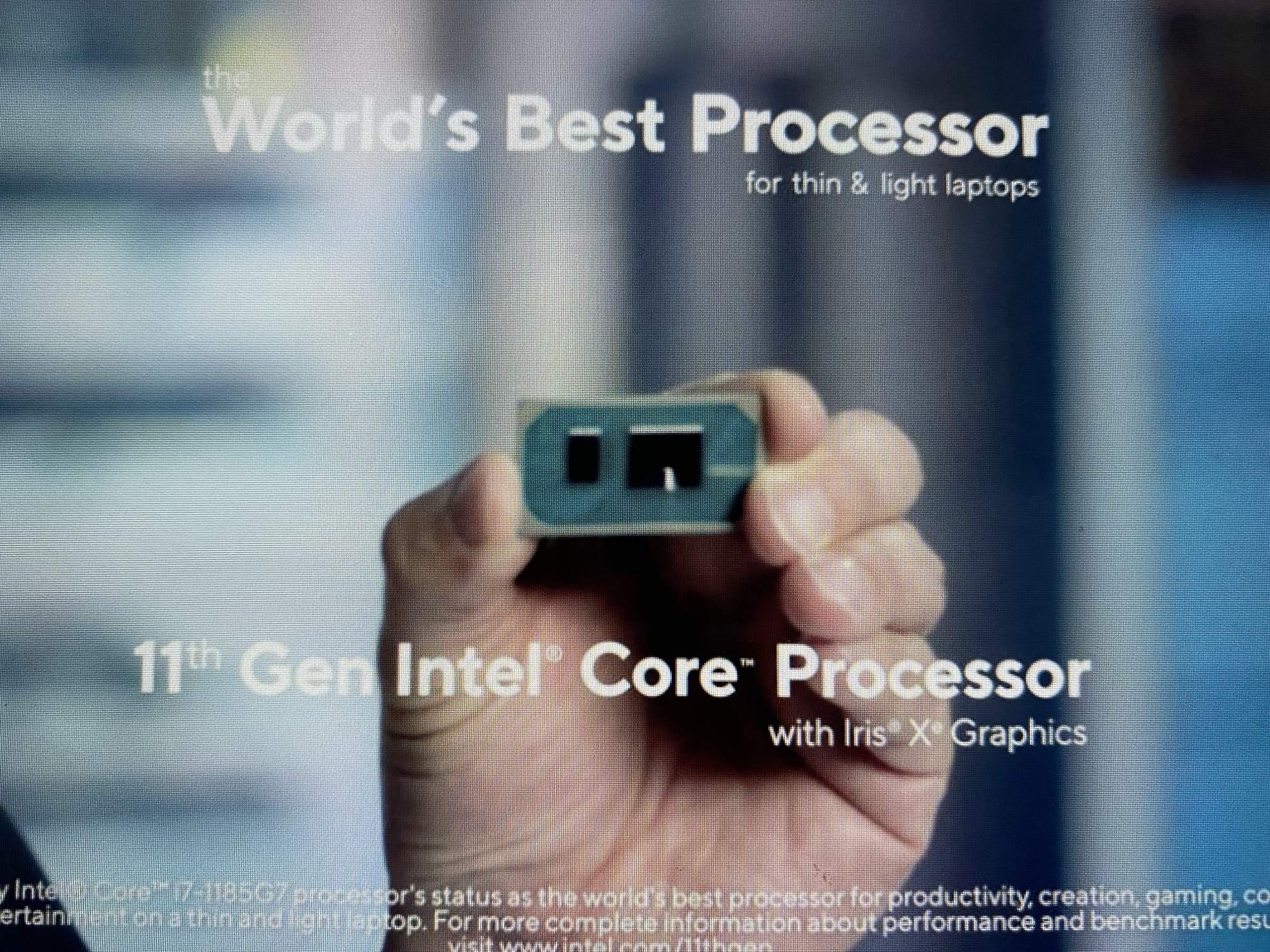

In addition to the number of Cores, the other metric that matters here is the clock speed of a given CPU.

In theory, this means that a PC powered by quad-core processor is able to operate and complete tasks with greater efficiency than one with a dual-core processor. Hypothetically, a dual-core processor can serve two threads at once while a quad-core processor can serve four and an octa-core processor can serve eight. The more cores a processor has, the more tasks (known as threads) can be served at the same time.

The 7 th Generation Y-series and U-series we mentioned before? They feature dual-core processors designed for maximum battery life and fanless designs. Meanwhile, modern Core i7 processors range from quad-core all the way up to octa-core.

Their Core i5 CPUs for desktop PCs boast 6-cores while mobile Core i5 processors are, again, mostly quad-core. Intel's current lineup of Core i3 processors are almost entirely quad-core. Read more Intel launches 11th-gen Tiger Lake CPUs and premium laptop Evo brand All these processors are designed to strike a balance between performance and mobility, achieving longer battery life in lieu of higher core counts. The letter at the end of the processor's model number serves to place it in conversation with similar processors looking to service the same audience.įor instance, Intel's 7 th Generation Y and U-series processors are designed to power fanless 2-in-1 (convertible laptop/tablet) devices and ultrathin notebooks. Each has its own specific characteristics/specs. When it comes to Intel's Core i3, i5 and i7 CPUs, their relative levels of processing power are based on a collection of criteria involving their number of cores, clock speed (in GHz), size of cache, as well as technologies like Turbo Boost 2.0 and Hyper-Threading.Īs mentioned before, Intel's Core processors can also be grouped in terms of their target devices, i.e., those for laptops and those for desktops. While the number of cores a processor has is important, it isn't the whole story. Credit: Intel Next up for Intel: Tiger Lake Although it is the case that processor core-counts have risen in recent years, there are no hard or fast rules about how many cores an Intel Core i5 or i7 processor should have in it. The numbers are more of indicative of their relative processing power and target audience or device than anything else. Nevertheless, the above rule is true more often than not.Ĭore i7 does not have seven cores nor does Core i3 have three cores. The word usually does a bit of heavy lifting here, since a close comparison newer or higher-spec Core i5 processor might see it come out ahead of an older Core i7 model. The short version here is that Intel Core i7 processors are usually better than Intel Core i5 processors, which are in turn usually better than Core i3 processors. Core i3, Core i5, Core i7 - the difference in a nutshell


 0 kommentar(er)
0 kommentar(er)
